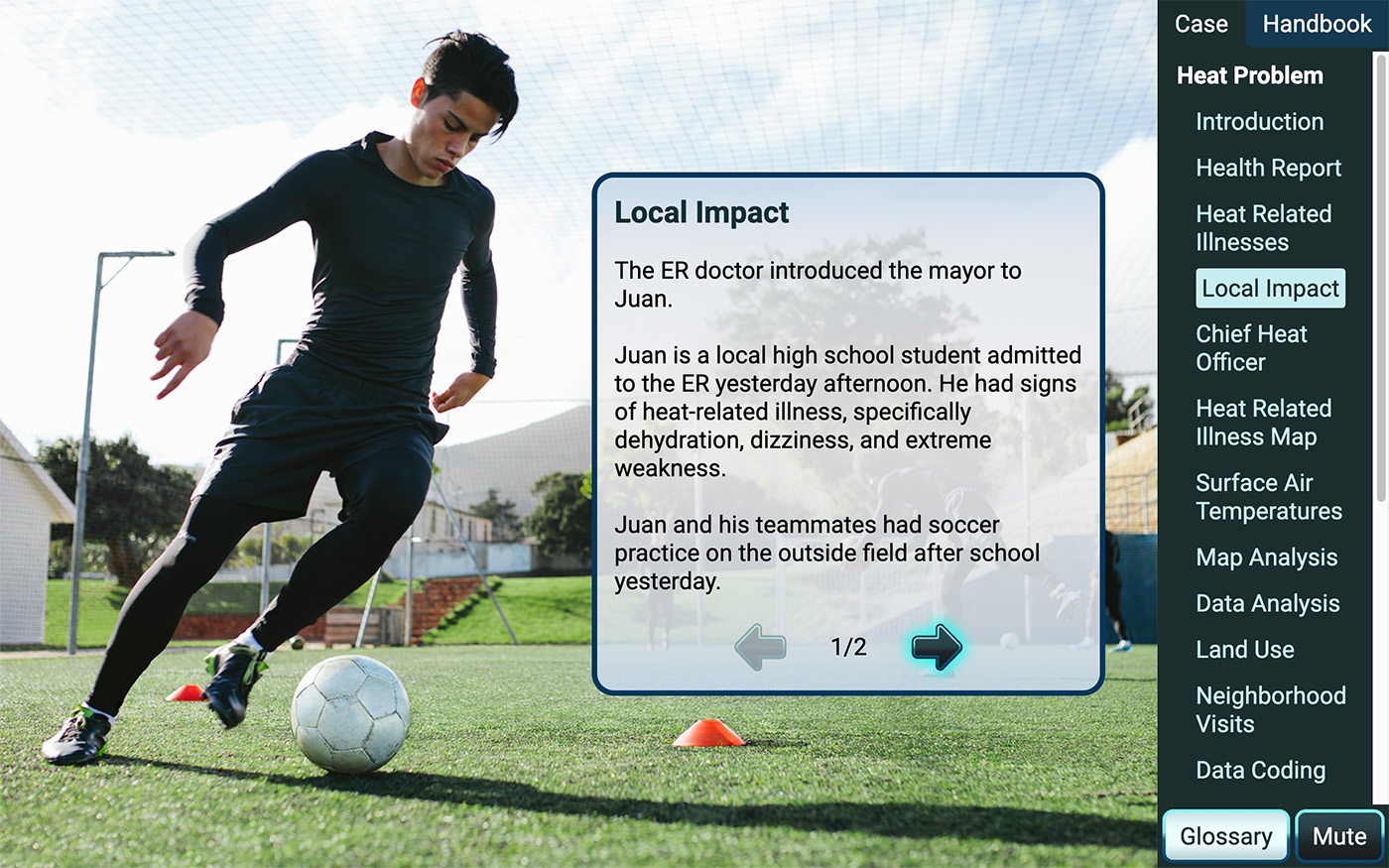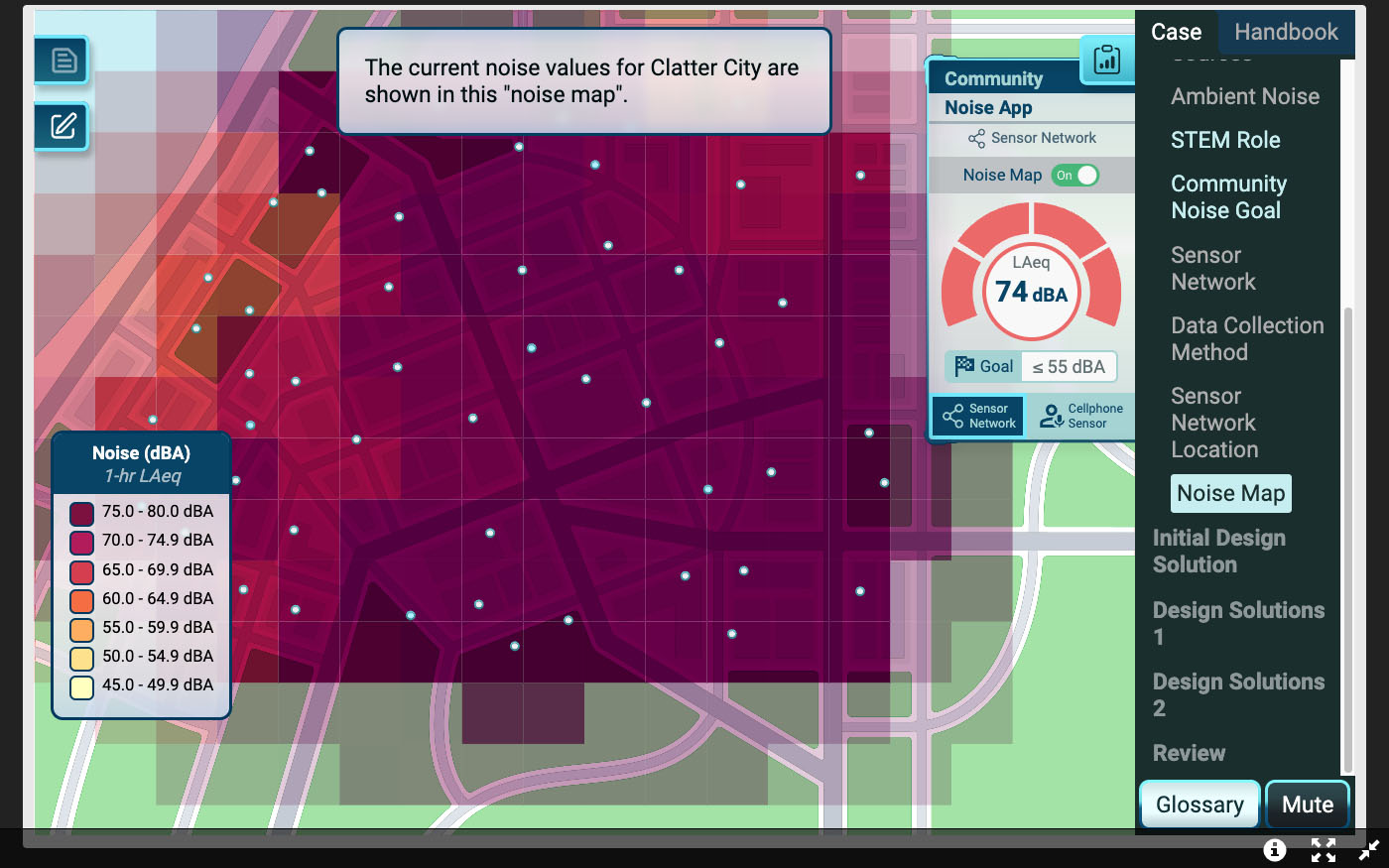The Science of Student Engagement: How Interactive STEM Lessons Help
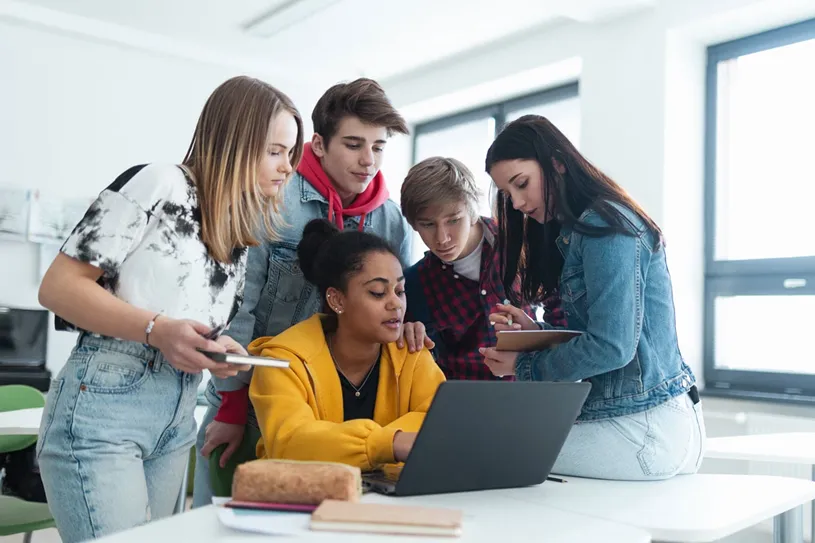
In today’s fast-paced world, STEM education equips students with essential skills for academic and career success. Engaging students in STEM education means sparking interest, motivation, and active participation in science, technology, engineering, and mathematics. The National Science Teaching Association (NSTA) emphasizes that student-centered, constructivist STEM instruction, where learners actively build knowledge, leads to deeper engagement and long-term academic success. Knowing this, teachers may be wondering how to engage students in STEM.
Why engagement drives STEM success
Engagement is especially critical in STEM because these subjects often involve abstract, cognitively demanding concepts that can feel disconnected from students' everyday experiences. Without emotional or intellectual engagement, students may become overwhelmed or disinterested.
STEM thrives on inquiry and experimentation. Engaged students are more likely to ask questions, explore alternatives, and persist through trial and error. Strategies such as hands-on experiments, interactive simulations, and real-world applications help students better understand and retain complex ideas.
From virtual labs to real gains: Evidence supporting Gizmos in STEM
One resource that effectively brings these strategies to life is ExploreLearning Gizmos, a platform of math and science virtual labs and simulations. These tools seamlessly integrate into STEM instruction and help students develop critical thinking and problem-solving skills by enabling them to visualize complex ideas, manipulate variables, and analyze data in real-time.
This commitment to interactive, student-centered learning is supported by research:
- A 2022-2023 ESSA Tier 3 study found that 1,200 8th-grade students from 23 diverse urban schools were 1.6 times more likely to meet state proficiency standards with higher Gizmos usage.
- An internal study of 21,000 high-risk students showed a 1.3 times greater likelihood of meeting proficiency standards with increased Gizmos use.
- A study in a small urban New York school found that 4th graders using Gizmos weekly outperformed peers in traditional labs on the state science test.
Bridging the engagement gap with interactive STEM lessons
These results highlight a larger trend: interactive strategies are essential for closing the engagement gap in STEM education. This gap refers to disparities in student interest and participation, often shaped by socioeconomic background, access to resources, and prior exposure to STEM concepts. It’s especially concerning in STEM fields, where hands-on experience and conceptual understanding are critical.
Delos Santos and Fiscal (2024) found that active learning significantly improves comprehension and retention. National Science Foundation-funded studies also show that interactive STEM lessons enhance engagement and outcomes across diverse settings. These tools promote equity by supporting various learning styles and offering lab-like experiences to students with limited lab access.
As highlighted in this research brief, simulations like Gizmos put these strategies into action. They help students explore abstract concepts through visualization, experimentation, and immediate feedback, often beyond what’s possible in traditional classrooms. They also align with the Next Generation Science Standards (NGSS), which emphasize inquiry-based, student-centered learning.
STEM simulations are ideal for increasing engagement in the classroom. Teachers count on Gizmos virtual science labs to bring concepts to life. As one teacher said, “I use Gizmos in my high school math class and had a student say, ‘Now I get it! Why didn't you show us this before?’” Educators report increased participation, stronger problem-solving, and greater student confidence. For example, the Circuit Builder Gizmo lets students safely build series and parallel circuits while exploring voltage effects.

The Heredity and Traits STEM Case teaches genetics through bee behavior, while the Flood and Storm-Proof Homes Gizmo encourages students to design homes resilient to floods and hurricanes, linking theory to real-world challenges.

Flood and Storm-Proof Homes Gizmo
According to a recent survey, nearly all teachers observed significant learning gains after using Gizmos. Overall, teachers noted increased student engagement, curiosity, and confidence.
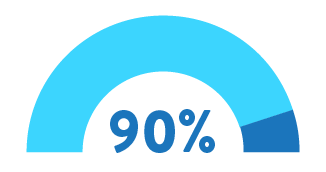
Agree that Gizmos supports student engagement
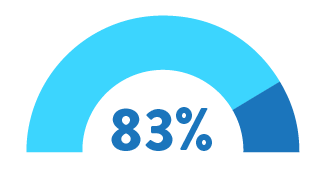
Agree that Gizmos supports student curiosity
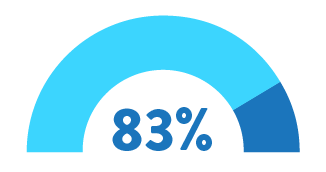
Agree that Gizmos improves student confidence
Making abstract concepts tangible
Gizmos help students visualize and interact with phenomena, turning abstract STEM concepts into concrete understanding.
For example, the Molecule Builder Gizmo shifts students from memorization to active learning as they form molecules, write formulas, and sketch Lewis structures. The Force and Fan Carts Gizmo demonstrates motion laws, while the Fan Cart Physics Gizmo explores Newton’s first law and acceleration. The Electrons and Chemical Reactions STEM Case connects abstract chemistry concepts to real life through a counterfeit coin investigation.
Gizmos make complex processes tangible through real-time visualization and manipulation, enhancing critical thinking, retention, and application.
Real-world relevance boosts curiosity
In addition to making abstract ideas concrete, Gizmos also connect learning to real-world contexts that spark curiosity. For example, the Protecting Permafrost STEM Case allows students to explore thermal energy and design solutions to preserve permafrost. The Comparing Climates Gizmo explores geographic climate impacts, while the Fingerprinting and DNA Profiling Gizmos deepen understanding of forensic science. Engineering challenges in the Beat the Heat and Sound Off, Please! STEM Cases promote real-world problem-solving.
Launching in fall 2025, new Gizmos Investigations will introduce inquiry-driven lessons that build on traditional Gizmos. These will include storyline-based series and simpler a la carte lessons, each with built-in assessments to support real-world problem-solving. Ready-to-use and student-driven, STEM teachers in grades 6-8 can deliver standalone lessons or a series of lessons for engaging and repeatable ways to bridge gaps in science instruction.
Personalized learning through virtual STEM tools
Equally important is the ability to personalize STEM instruction to meet the diverse needs of all learners. Gizmos support differentiated teaching strategies and are especially beneficial for English Language Learners and students with IEPs. Teachers can further tailor instruction by customizing exploration sheets to suit various group settings and learning styles.
For example, the Seed Germination Gizmo lets student groups test different germination conditions, while the Fast Plants 1—Growth and Genetics Gizmo offers activities ranging from plant life cycles to Punnett square predictions, supporting success across learning levels. By meeting students where they are, these strategies lay the foundation for long-term engagement and academic growth.

Fast Plants 1—Growth and Genetics Gizmo
Lasting impact: When students are engaged, they succeed
Building on this, Gizmos take STEM learning even further, transforming abstract ideas into interactive experiences that deepen understanding and spark curiosity. In a 2023 - 2024 ExploreLearning survey of 120 teachers, 90% said Gizmos boost engagement, 83% observed increased curiosity, and 93% found them easy to use.
Gizmos improve student outcomes with engaging, effective virtual labs and simulations that are ready for anything—the latest standards, tech devices, and teaching methods. With over 550 simulations for grades 3–12, Gizmos support personalized, hands-on science lessons that inspire lasting interest in STEM and empower every student to explore, discover, and succeed.
Grades 3-12
Explore the difference interactive STEM lessons can make with your students by taking a free Gizmos trial.
About the Author

Mangai Neelavannan, Learning Architect at ExploreLearning
Mangai Neelavannan, a Learning Architect at ExploreLearning, has over 15 years of experience in education. She taught math using differentiated instructional techniques and progressed to become an instructional coach at the district level. She provided resources and guidelines to teachers in elementary, middle, and high school settings while modeling lessons in the classroom.

